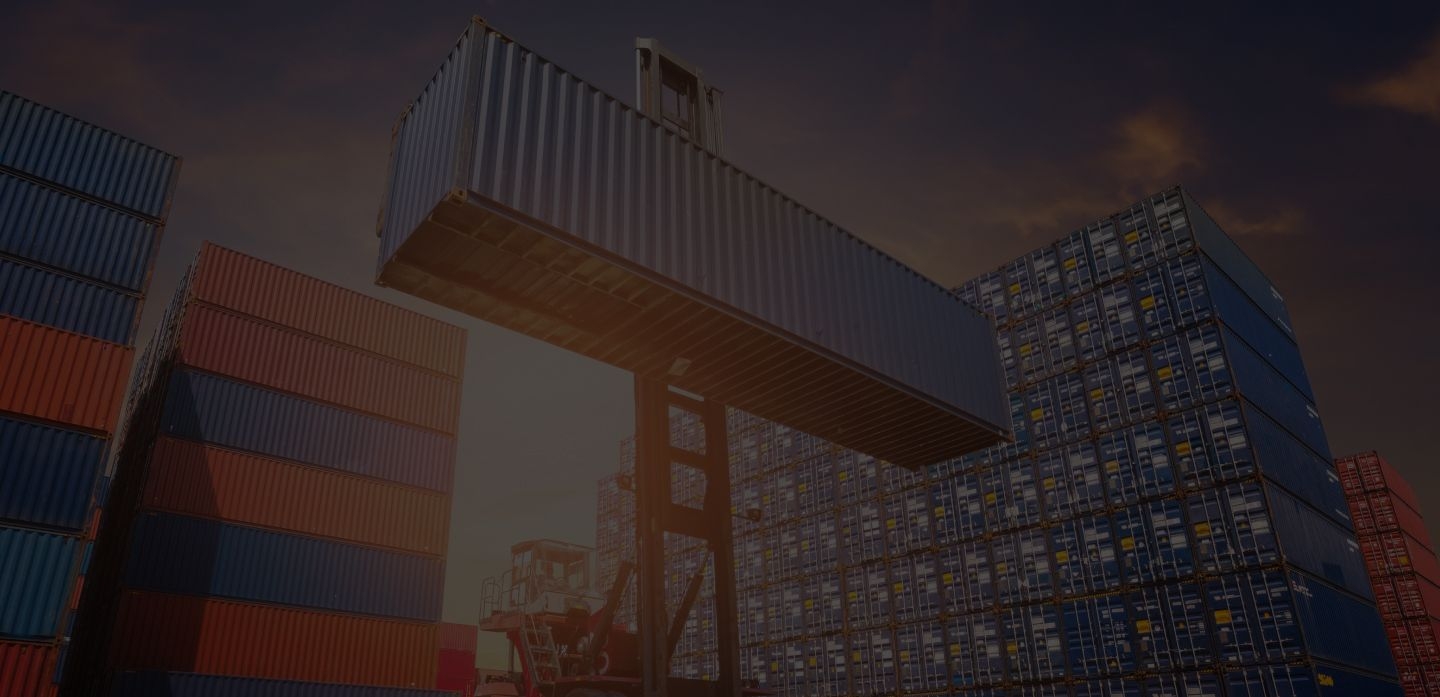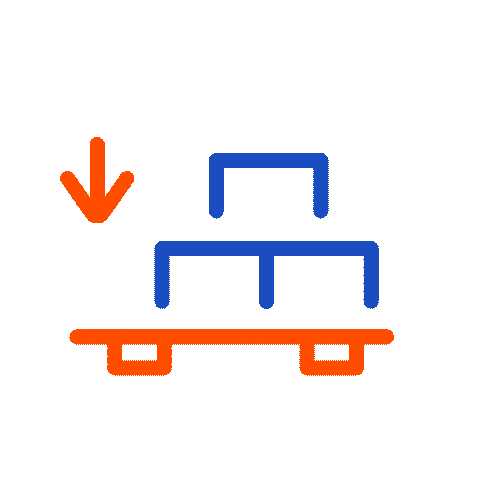
Container Shipping to Los Angeles — Get Instant Quotes



Why Choose iContainers for Shipping to Los Angeles?
- Highest-volume U.S. port. The Port of Los Angeles (POLA) moved ≈ 10.3 million TEU in calendar-year 2024, its second-best result ever and ~20 % above 2023. (Ajot)
- Fast rail evacuation. Eight on-dock rail yards feed the Alameda Corridor, speeding boxes to the U.S. interior while avoiding city traffic and extra truck fees. (Apmterminals)
- Clean-truck leadership. POLA’s Clean Truck Fund is steering drayage toward 100 % zero-emission vehicles by 2035, already collecting a US $10/TEU green fee. (Port of Los Angeles)
- Dedicated compliance help. Your iContainers account manager files ISF 10+2, coordinates FDA or USDA releases, and schedules PierPass OffPeak moves to cut dwell time and cost.
Our Container Shipping Services to Los Angeles
Full-Container-Load (FCL)
High-volume shippers of furniture, auto parts, apparel, plastics, and consumer electronics favor sealed 20 ft or 40 ft FCLs for security and predictable landed costs. Typical port-to-port transits: Shanghai → Los Angeles ≈ 13–15 days; Rotterdam → Los Angeles ≈ 26–30 days. (Port of Los Angeles, Port of Los Angeles)
Less-than-Container-Load (LCL)
SMEs import lower-volume sporting goods, specialty foods, and e-commerce replenishment via LCL consolidation hubs such as Busan, Hong Kong, and Hamburg. Door-to-door times run 18–25 days from Asia and 30–35 days from Europe.
Alternative: Air Freight to Southern California
Need your cargo in under a week? Book air freight into LAX—handling 2.35 million metric tons in 2024—or nearby Ontario International (ONT) for late-cutoff overnight connections. Perfect for high-value electronics, urgent machine spares, or fast-fashion drops. (lawa.org)
Container shipping rates to Los Angeles
How much does it cost to ship a container to Los Angeles?
How Long Does It Take to Ship a Container to Los Angeles?
| Mode | Typical Transit Window* |
|---|---|
| FCL – Trans-Pacific (CN/KR/TW → LA) | 12–18 days |
| FCL – Trans-Atlantic (EU → LA) | 25–35 days |
| LCL – Consolidation Routes | 18–35 days |
| Air Freight – Global | 1–7 days |
*Includes sailing time plus average terminal handling.
Popular Routes and Gateways
| Origin Ports | U.S. Arrival | Notes |
|---|---|---|
| Shanghai • Ningbo • Busan | Port of Los Angeles (US LAX) | Weekly express Trans-Pacific loops. |
| Yokohama • Nagoya | POLA | High-frequency auto-parts & finished-vehicle flow. |
| Hamburg • Rotterdam • Antwerp | POLA | All-water via Panama or intermodal via East-Coast rail. |
| — | Los Angeles Int’l (LAX) | #2 U.S. cargo airport by tonnage. |
| — | Ontario Int’l (ONT) | Growing West-Coast e-commerce hub. |
Five Easy Steps to Book with iContainers
- Grab an instant quote online for FCL, LCL, or air.
- Pick your service level — port-to-port, door pickup, insurance.
- Upload documents (invoice, packing list, ISF data).
- Track your shipment 24/7 in the dashboard.
- Clear & receive at Los Angeles with drayage to any U.S. ZIP code or bonded FTZ.
What Can You Ship in a Container to Los Angeles?
Typical Imports (top five by 2024 TEU): furniture, auto parts, apparel, plastic products, consumer electronics.
Restricted / Permit-Required Goods
- Lithium batteries & other hazmat (IMDG paperwork)
- Alcohol & tobacco (TTB permits)
- Meat, dairy, produce without USDA / FDA approvals
- Used vehicles (EPA/DOT compliance)
- Counterfeit or IP-infringing items
FAQs About Shipping Containers to Los Angeles
PierPass assesses a Traffic Mitigation Fee on daytime moves; scheduling OffPeak gates can avoid—or reduce—the fee and lessen truck wait times.
Yes. Goods entering an FTZ near the port can be stored, manipulated, or re-exported duty-free; your account manager can arrange FTZ drayage.
Not legally, but iContainers strongly recommends marine coverage to mitigate Pacific storm risk and terminal handling damage.